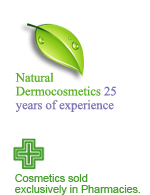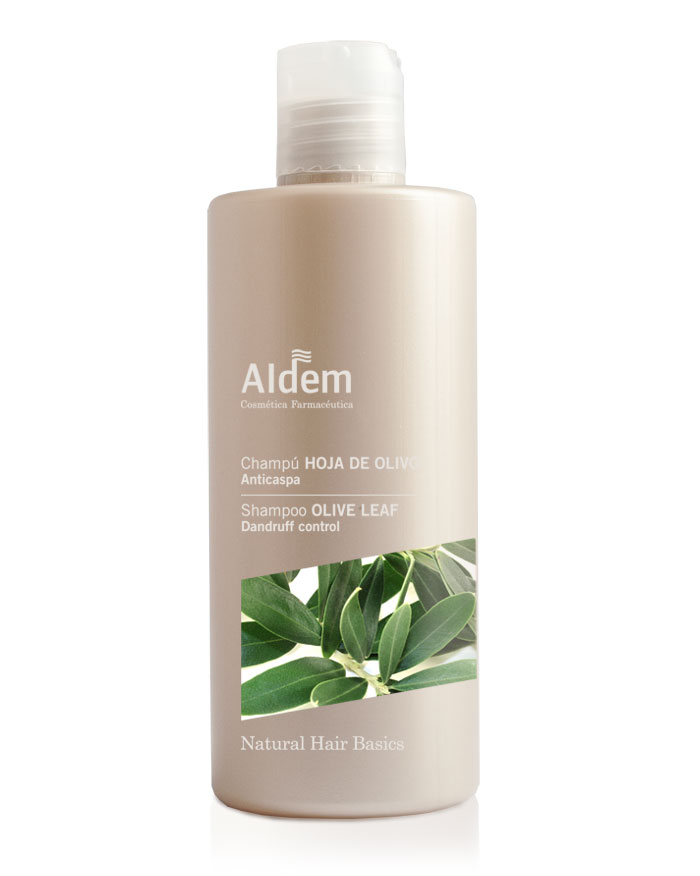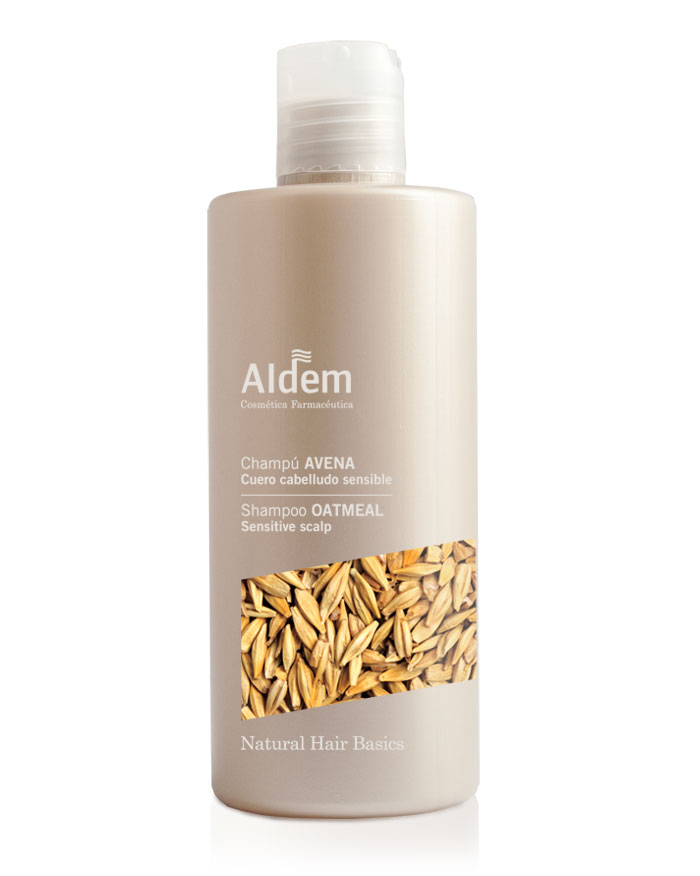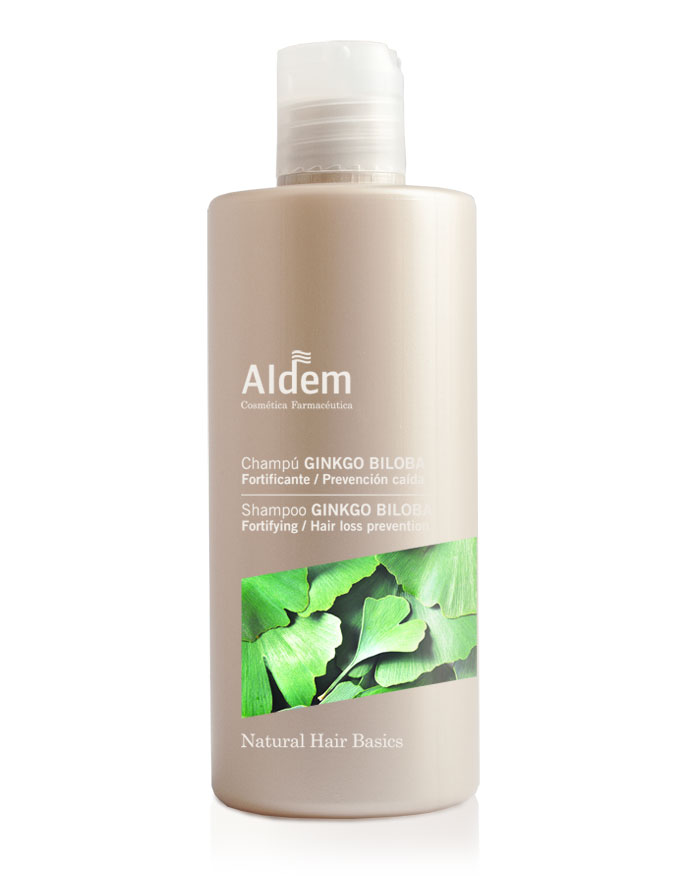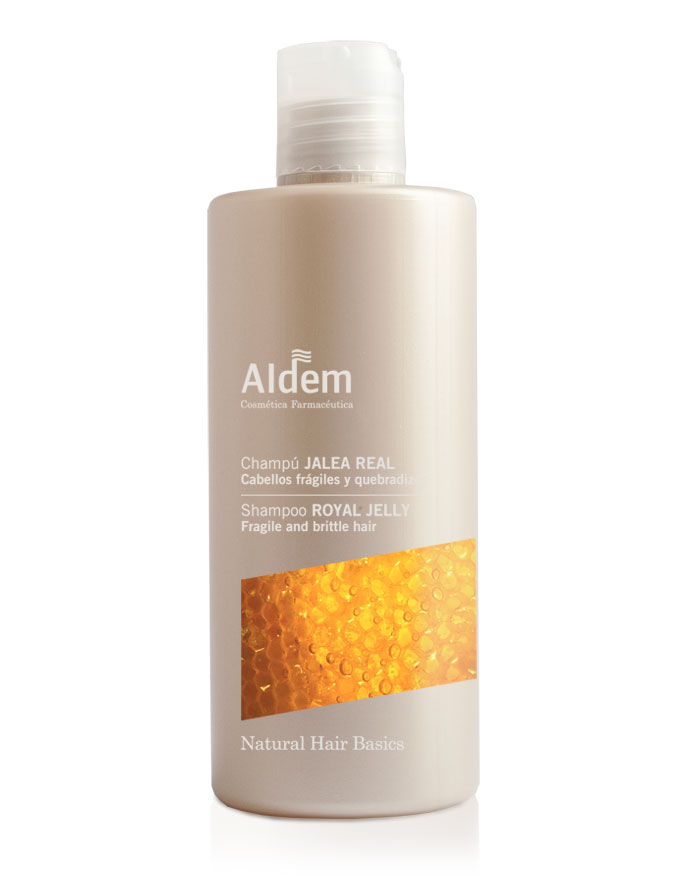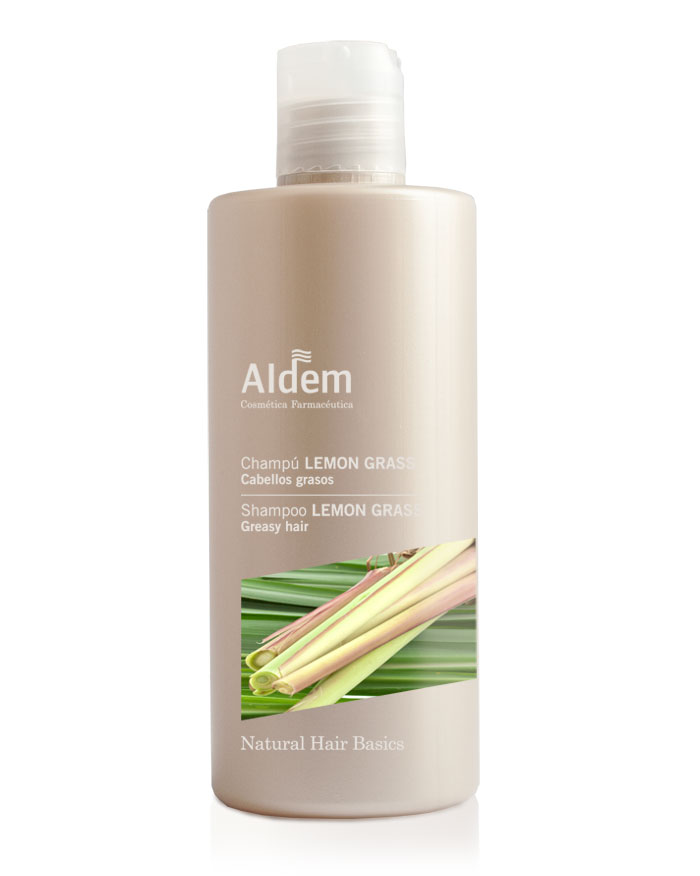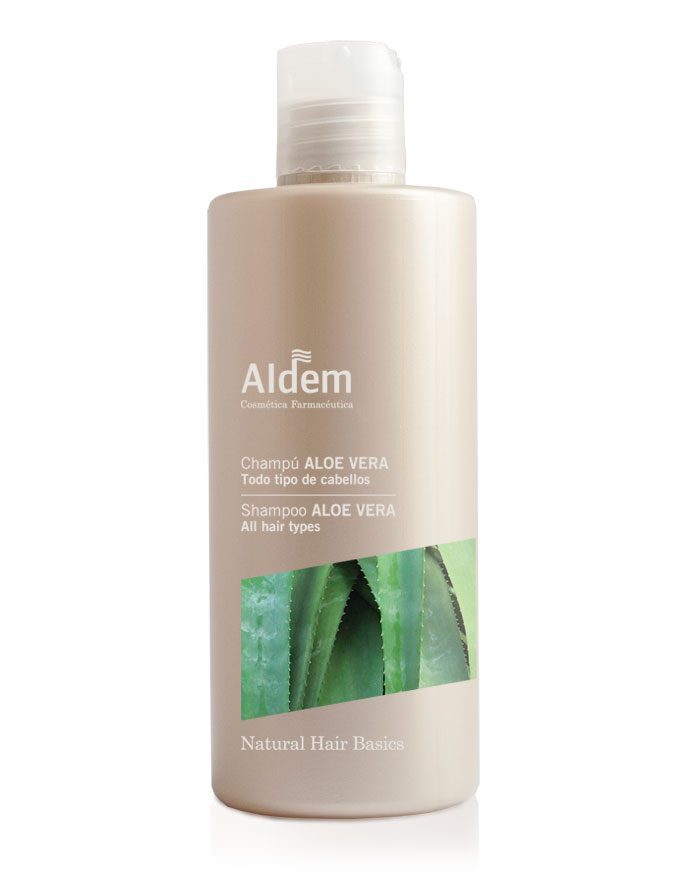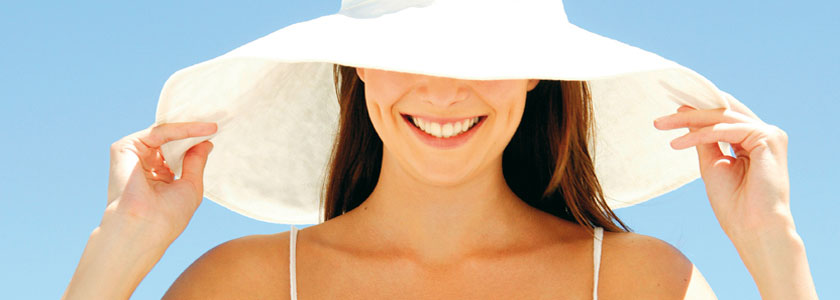Advice
Protection against the Sun
The skin is our body’s largest organ, with a surface area of 1.6 m2 and weighing approximately 4 kg. It serves a range of purposes, among which both immunological functions and that of a physical barrier are to be highlighted.
The sun is a source of energy which triggers a series of biological and biochemical processes, essential for life on earth. However improper exposure to the sun can produce skin damage: burns, premature ageing, immune-system alterations, skin afflictions and may even cause skin cancer.
Sunbathing exposes us to two types of radiation deemed as highly dangerous for the skin: UVA and UVB rays.
UVA rays destroy the collagen in skin, producing premature ageing. UVB rays produce immediate burns. Both contribute to the risk of suffering skin cancer.
The latest scientific research and advice from the E.U. recommend a series of conditions be met by sun-protection products, as well as adopting precautionary measures, in order to avoid sun-damage resulting from inappropriate exposure to the sun’s rays.
How should we prepare for sun-exposure?
- ● Apply the product prior to exposure.
- ● Reapply frequently to maintain effectiveness, especially after bathing, sweating or using a towel.
- ● Applying less than the recommended amount is dangerous. The average amount required for an adult is 35 g, which is equivalent to 5 teaspoons. Warning: applying less leads to significantly less protection.
- ● Avoid prolonged periods of sun exposure, even when using sun-protection products.
- ● Babies and small children should never be exposed to direct sunlight.
Which sun protection is best for me?
The sun does not affect us all in the same way at all times. In order to choose the most appropriate sun protection one should keep in mind the following two main factors:
A. Environmental Factors: UV Index (UVI). This is a measure of the maximum level of ultraviolet radiation on the Earth’s surface. It varies according to the season, location and time of day. The highest value occurs at mid-day under cloudless skies. The scale goes from 0 to 16 (0 = minimum risk. 10 or more = maximum.)
B. Individual Factors: age and skin-type, which refers to one’s type of skin and goes from Type-1 (milky-white skin), having practically no pigment and suffering intense sunburn, to Type-6 (black-skinned, intensely pigmented, never burns). The most common skin-types in Europe are Types 1, 2 3 & 4.
Level of required protection according to skin-type and the UVI:
| UVI | Type 1 | Type 2 | Type 3 | Type 4 |
| 1-3 | Medium | Medium | Medium | Medium |
| 4-6 | High | High | Medium | Medium |
| 7-9 | Very high | High | Medium | Medium |
| 10 + | Very high | Very high | High | Medium |
The Ideal Sun-Protection
- ● Sun-protection products should protect us from both UVA and UVB rays.
- ● The so-called “Sun-Protection Factor” (SPF) for classifying these products indicates the level of protection against burns (UVB rays) only.
The following 4 categories should be used:
Low / Medium / High / Very High Protection
Each category corresponds to the following protection parameters:
| Protection | UVB Factor | UVA Factor | Critical Wavelength |
| Low | 6 - 14 | 2 - 4 | > 370 mm. |
| Medium | 15 - 29 | 5 - 9 | > 370 mm. |
| High | 30 - 59 | 10 - 19 | > 370 mm. |
| Very High | 50+ (60 or more) | 20 or more | > 370 mm. |

